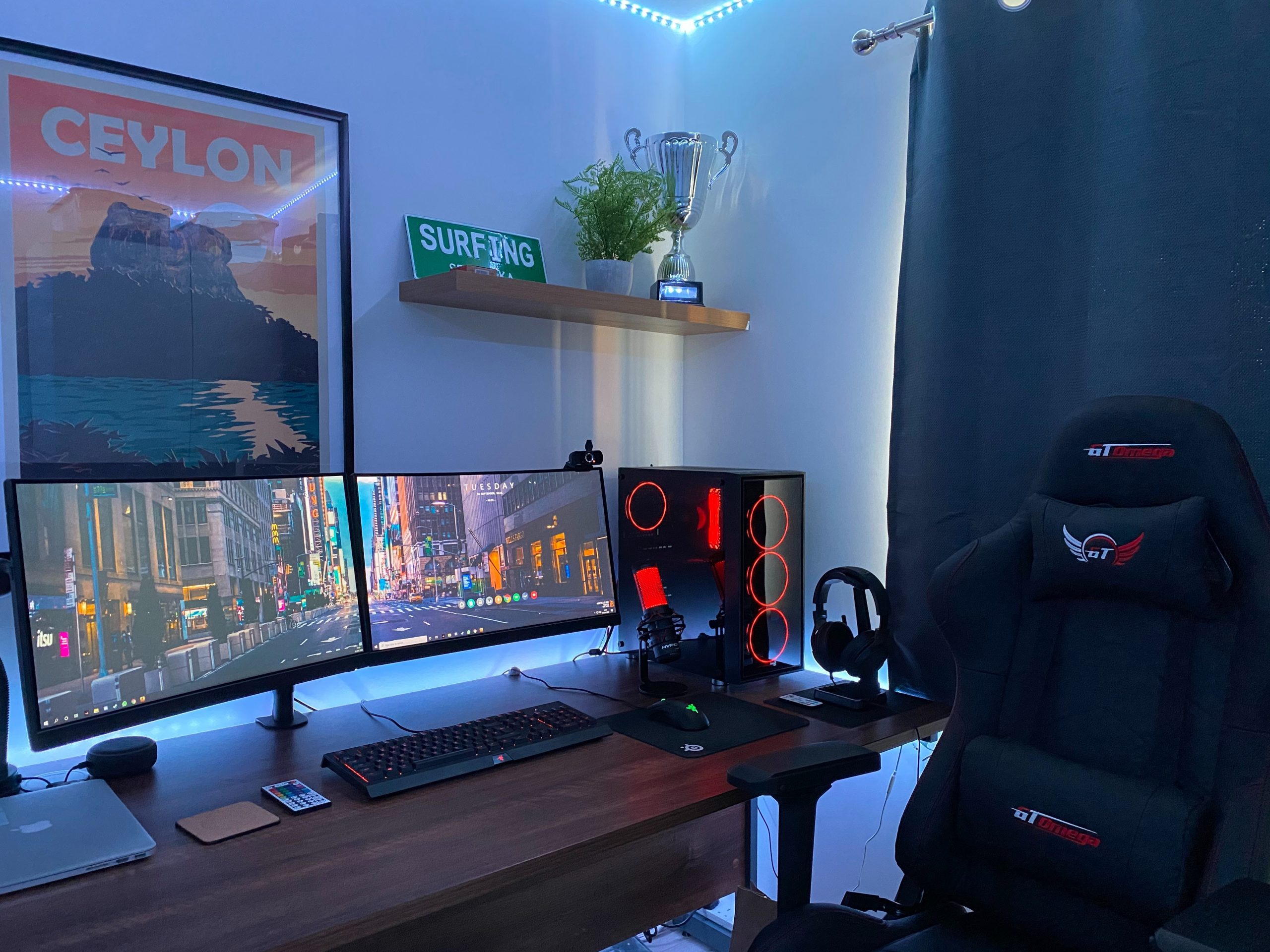Gaming monitors are designed to make your video card and Processor output impeccable when you’re gaming. They’re in charge of showing the final result of all of your computer’s graphic displaying and processing, but their depiction of color, animation, and visual sharpness might be somewhat different. When choosing what to opt for in a gaming monitor, it’s essential to grasp first what a gaming display can do so you can turn metrics and marketing into actual output. Although display technology evolves, monitor manufacturers’ primary objectives stay constant.
Competitive gamers play various kinds of games on their gaming monitors, such as chess is the most playing game on the internet, and many gamers take great interest in it. For that, USCF tournaments enhance your competitive chess expertise and allow you to apply strategies and ideas gained in the supplied courses into practice.
Also Read: What is HDR Gaming
Gamers wanted a gaming monitor to catch the finest and responsive browsing experience; and picture quality throughout gameplay since the conventional TV and LCDs do not meet the requirement of gamers, i.e., high response time, input lag, and refresh rate along with resolution and contrast.
From refresh rate and responsiveness to display types and contrast ratio, this comprehensive guide covers all you need to understand about gaming monitors and their effect on the gaming experience.
Also Read: How to Play 4k Video on PC or Mac (Ultra HD)

Quick response makes games feasible:
Table of Contents
The response time is the time it takes for each pixel to go from white to black and back to white. Response time can be found in the specs of every monitor. That is the rate at which the panel can refresh every pixel in milliseconds. Companies measure how quickly a pixel can switch between shades of grey, and in gaming displays, that time must be as near to zero as feasible, i.e., one millisecond. UP to 5ms should still operate, but ordinary or regular panels are typically slower, making them unsuitable for gaming. If you don’t notice a response time specification, don’t get the monitor because it isn’t designed for gaming. In games, slow screen response rates cause various difficulties, including artifacts, pixel crawling, and blurriness.
Also Read: Monitor Buying Guide
Refresh rate:
Now that we’ve discussed response time, it’s time to talk about refresh rate. The frequency of times per sec that a monitor can refresh its screen- measured in hertz (Hz). The refresh rate of a panel refers to how many times it can draw a picture in a second. Preferably, Professional gamers desired a quick response time and as high a refresh rate as achievable.
The minimum standard in gaming nowadays is 60Hz. However, for future-proofing, consider a display with 100Hz or greater. Higher refresh rates are ideal for high-speed games such as first-person snipers or any other category that requires quick gamer responses. In competitive gaming, a quick refresh is essential. When a monitor’s refresh rate is slow, image quality diminishes due to screen tearing and, yet again, color fringing. The latter is particularly aggravating, as the image appears to blur over the screen due to the monitor’s inability to meet the demands of gaming technology. For example, the BenQ EX2780Q features a base refresh rate of 60Hz. Because resolution places a strain on gaming gear, frame rates suffer.
Also Read: Dual Monitor Setup
Input lag- the less processed, the better:
Input lag is the time it takes between moving the mouse and seeing the effect on the screen, and this also needs to be as low as possible.
Regular monitors have the advantage of being well-intentioned. They aim to serve everyone, so they use a lot of image enhancement to ensure they seem great in any circumstance. That’s terrible for video games. Worse yet, low-cost devices come with built-in picture processing that cannot be disabled. Note that every image processing operation adds a delay since the monitor’s scaler must function. The latency between your game hardware emitting a signal and your monitor showing it for you is known as input lag. Image processing, echo cancellation, vivid colors, brightness and contrast, film mode, theatre mode, and other processing will all slow you down. Sure, they’re excellent for designing or watching movies. However, for gaming, you merely need a fast, high-resolution monitor that allows the hardware powering your games to present itself as precisely as possible.
Games become practically unplayable if total input latency reaches 40ms, which is extremely common for low-cost standard displays. Most individuals will be satisfied with a response time of fewer than 25 milliseconds, but faster is always preferable.
Also Read: PC Gaming vs Console Gaming
BOTTOM LINE
All right, and now for the bottom line. Gaming monitors get their name from the fact that they’re designed specifically for video games. They have displays with faster response and refresh rates – you probably understand how these terms differ. They don’t add any fluff to your image and keep input lag to a bare minimum. If you want to use the audio, you can do so. Plus, gaming displays feature visual quality that allows games to shine with realistic colors and full HDR on a functional level, without any extra processing that drags you down.
Trying to play on a standard monitor on a budget is similar to driving a tiny car to the racetrack. It will work, but the outcomes will be unpleasant. You’ll just be wasting your time & expense. So make your decision carefully!
Ensure that your monitor is accessible to these modes.
Also Read: Response Time vs Refresh Rate in Monitor
